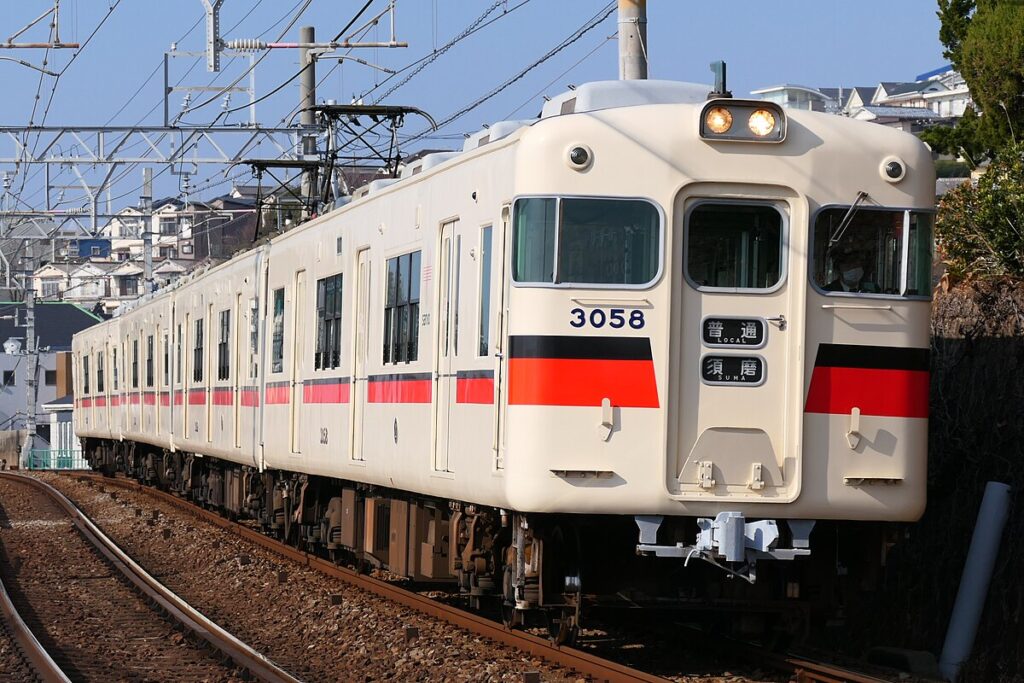-

Yanagawa River Cruise (Yanagawa City, Fukuoka Prefecture)
Overview (History, Features, and Attractions) The Yanagawa River Cruise is a sightseeing boat tour that takes you on a traditional donko boat along the canal in Yanagawa City, Fukuoka Prefecture. The canal, which was built during the castle town era, flows right through the city, and the scenery of willow trees, old townhouses, and stone bridges reflected on the water is captivating. -

Sarutahiko Shrine (Ise City, Mie Prefecture)
Overview (History, Features, and Attractions) Sarutahiko Shrine (Ise City, Mie Prefecture) is a shrine dedicated to Sarutahiko-no-Okami, a god worshipped as a patron of roads, traffic safety, and life's guidance. Since ancient times, the shrine has been revered as a god who paves the way for travelers, sea voyages, business prosperity, and matchmaking. The shrine is located in Ise. -

Tokyo Metropolitan Teien Art Museum (Shirokanedai, Minato-ku, Tokyo)
Overview (History, Features, and Appeal) The Tokyo Metropolitan Teien Art Museum is an art museum located in Shirokanedai, Minato Ward, in a Western-style building originally built in the early Showa period as the residence of Prince Asaka (formerly known as the Asaka Palace). The building's design is based on Art Deco, with interior stained glass, lighting, furniture, and plasterwork... -

Shimabara Castle (Shimabara City, Nagasaki Prefecture)
Overview (History, Features, and Attractions) Shimabara Castle (Shimabara City, Nagasaki Prefecture) is a famous castle located in the center of the Shimabara Peninsula. Built in the early Edo period and completed under the rule of the Matsukura clan, the castle has a history deeply connected to the Shimabara Rebellion of 1637-1638. Much of it was demolished during the Meiji Restoration, but... -

Lake Saroma (Saroma Town, Hokkaido)
Overview (History, Features, and Attractions) Lake Saroma (Saroma Town) is a brackish water lagoon facing the Sea of Okhotsk in northeastern Hokkaido. It is the largest lake in Hokkaido and one of the largest in Japan. It was once a brackish water area formed by a sandbar that separated it from the sea, and the mixture of freshwater and seawater creates a rich... -

Nabana no Sato (Kuwana City, Mie Prefecture)
Overview (History, Features, and Attractions) Nabana no Sato (Kuwana City, Mie Prefecture) is a large flower park where you can enjoy flowers of all seasons, and is particularly known nationwide for its winter illuminations. The garden's plants are rotated with the seasons, and a wide variety of flowers are on display, including tulips, cosmos, roses, and hydrangeas. -

Suntory Hakushu Distillery (Hokuto City, Yamanashi Prefecture).
Overview (History, Features, and Appeal) Suntory Hakushu Distillery is a whiskey distillery surrounded by the lush forests of Hokuto City, Yamanashi Prefecture (at the foot of the Southern Alps). Founded in 1973, it is known as the "Forest Distillery." Taking advantage of the clear spring waters of the Southern Alps and the climate of the vast forests, it produces fresh whiskey... -

Takaoka Castle Park (Takaoka City, Toyama Prefecture)
Takaoka Castle Park (Takaoka City, Toyama Prefecture) — Overview (History, Features, and Attractions) Takaoka Castle Park is one of the prefecture's leading urban parks, developed around the remains of Takaoka Castle, which was built during the Edo period. The park is a part of the remains of Takaoka Castle, which was built in 1609 (Keicho 14) by Maeda Toshinaga and Toshitsune. -

Fukagawa Fudodo (Koto Ward, Tokyo)
Overview (History, Features, and Attractions) Naritasan Fukagawa Fudodo (commonly referred to as "Fukagawa Fudodo") is a Shingon Buddhist temple located in Fukagawa (Koto Ward, Tokyo) and a branch temple of Naritasan Shinshoji Temple. It has been a beloved center of faith in the region since the Edo period and has a history linked to the downtown culture of Edo and Tokyo. The principal image of... -

Oiwa Shrine (Hitachi City, Ibaraki Prefecture)
Overview (History, Features, and Attractions) Oiwa Shrine is an ancient shrine in Hitachi City, Ibaraki Prefecture, and is part of a group of shrines located at the foot of Mount Oiwa and into the mountains. It was founded long ago, and according to legend, the entire mountain area has been worshipped since ancient times, leading to a syncretic belief that the entire mountain is sacred...



